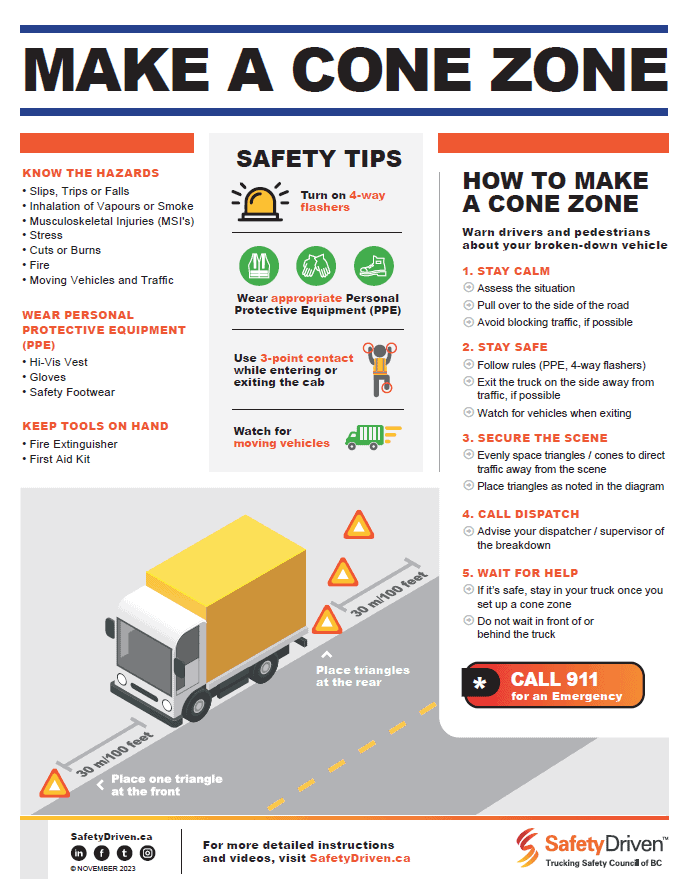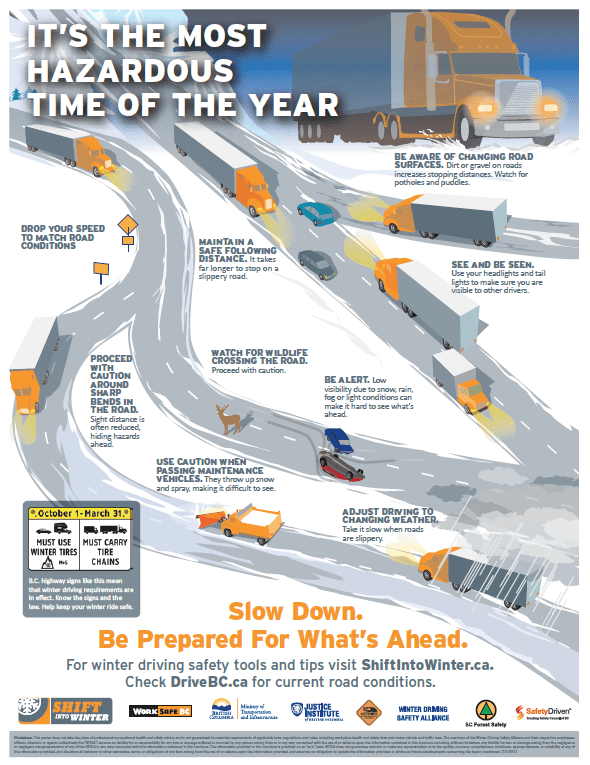Benefits of Evaluating Your Joint Committee Every Year
B.C. employers are required to evaluate the effectiveness of these committees each year.
Source: www.speakingofsafety.ca
Evaluating your joint health and safety committee every year produces many benefits, including safer workplaces and more collaboration.
A joint health and safety committee, which must include representatives of the employer and the workers, plays an important role in the workplace. The goal of the joint committee is to identify and help resolve health and safety issues in the workplace.
That’s why in B.C. employers are required to evaluate the effectiveness of these committees each year. This requirement came into effect on April 3, 2017. (You can read more about it in my post How to evaluate your joint health and safety committee.)
Unsure where to start? Take a look at this Joint Health and Safety Committee Evaluation Tool from WorkSafeBC. Here are a few (of many) questions it includes:
Does the committee prepare a report of the meeting (meeting minutes) and provide a copy to the employer?
Are committee members trained in their role in the procedure for refusal of unsafe work?
Is there effective communication between the committee and workers?
Do committee members interact with a representative sample of workers when conducting workplace inspections?
The evaluation should also be supported by other documents, including incident reports, committee meeting minutes, training records for committee members, and notes from conversations with workers.
Evaluation process a reminder about the committee’s mandate
“Another benefit of the evaluation is that it highlights to joint committees — both the employer side and the worker side — what the full legal responsibilities are for a joint committee,” says Angélique Prince, an Industry and Labour Services manager with WorkSafeBC, adding that committee members are often not aware of the depth and breadth of their expected roles.
“It also promotes collaboration: the evaluation can be completed by anyone designated by the employer, but if the committee members take it on together, that’s a benefit.”
For more information about joint health and safety committees, see section 3.26 of the Occupational Health and Safety Regulation.
Visit www.safetydriven.ca for more great resources on transportation health and safety.
Latest Resources
Make a Cone Zone
Dowload this poster for tips on how to make a safe cone zone.Winter Hazards Poster
Drivers need to recognize winter hazards. Share this poster to remind drivers how to ...

